A facility is set to be installed at the Hartland landfill site on Vancouver Island that uses new technology to collect gas from the spoils and convert it to biomethane for distribution to the grid.
Waga Energy, a specialist in the production of Renewable Natural Gas (RNG) from landfills, has signed a contract with the Capital Regional District (CRD), one of 28 districts in B.C., to build the facility.
The unit will leverage a unique purification technology developed and patented by the company called WAGABOX that employs membrane filtration to remove carbon dioxide and impurities from landfill gas and cryogenic distillation to separate the methane from the oxygen and nitrogen.
The RNG will be sold to Canadian utility FortisBC and be injected directly via a pipeline into the gas distribution network that supplies homes and businesses, providing a substitute for natural gas.
The new unit will replace a gas-to-electricity plant which has been in operation at the landfill since 2004. It will significantly increase the amount of energy produced onsite.
The venture is Waga Energy’s first landfill gas project in B.C. and the fourth unit being deployed in Canada. The technology is touted as a game-changer within the sector as it will contribute to the fight against global warming and significantly increase the amount of energy produced at landfill sites.
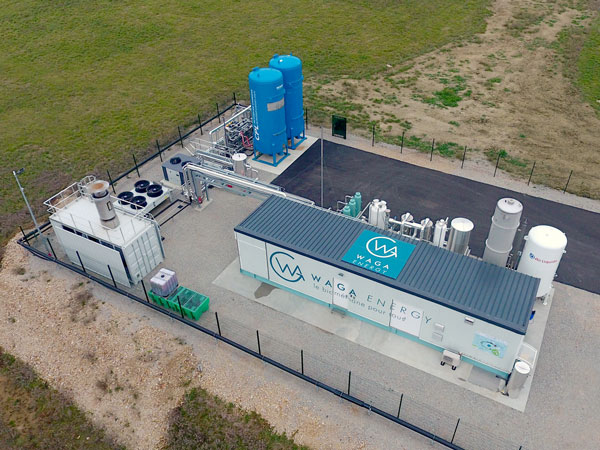
The project is presently in the engineering stage and is expected to go online in 2024. The unit will save 450,000 tonnes of CO2 from being emitted over a 25-year period.
“We started working on the engineering phase six or eight months ago,” says Waga Energy CEO Mathieu Lefebvre. “We have to decommission the existing plant that is no longer running and then we have to commission the WAGABOX.”
The unit will be built in Shawinigan, Que. by a local company under the supervision of Waga Energy’s Canadian subsidiary. A cryogenic distillation module for the unit will be imported from France.
“Everything is built in the workshop and then it is put on a skid and then it is sent and connected,” says Lefebvre.
To deploy the technology around the world, Waga Energy had to make sure the components were small enough to be shipped via rail or truck.
“It’s a standardized product but every operation is custom-designed to be as efficient as possible,” says Lefebvre.
The unit can be installed on a concrete or gravel pad. It consists of a large rectangular-shaped metal box that houses a membrane filtration system. Once the unit and other components are transported to the site, it is connected through pipes to the gas grid.
Raw biogas is collected from the landfill and filtered in the unit. The biogas is then transferred by pipes to large cryogenic vessels. The resulting RNG is transported and stored using existing gas infrastructure.
Natural gas and biomethane both consist primarily of methane and can be used interchangeably. They differ in their source, with natural gas coming from ancient plant and animal matter decomposed beneath the Earth’s surface while biomethane comes from the decomposition of present-day plant or animal matter.
Lefebvre says most of the work on the unit occurs offsite at the production facility with minimal amount of work required at the landfill site.
“We try to avoid too much onsite because you need to manage the weather conditions. So, we try to avoid, as a minimum, the onsite work.”
Once the unit and components are delivered to a site, it usually takes a few months to install and complete the hookups, which include piping, instrumentation, water, electricity and testing.
The WAGABOX will be able to process 3,200 cubic metres of raw landfill gas per hour and, based on expected gas volumes, it will produce up to 365,000 Gigajoules of energy per year, enough to supply around 4,500 local households. It’s expected the unit will help avoid the emission of more than 450,000 tonnes of CO2 over the next 25 years. The company says the unit can recover 90 per cent of the methane in landfill gas.
The technology is the result of 10 years of research and development and, in addition to producing gas that would otherwise be lost, it supports the circular economy and fights climate change.
In the coming years, Waga Energy plans to install units at more landfill sites across the country. The company current has 25 projects in operation or under construction around the world. A project is also underway at the Saint Etienne-des-Gres landfill in Quebec and is expected to be up and running by early next year. Presently, the landfill gas at the plant is captured and burned in a flare.
“Our commitment is to really deploy the equipment as fast as possible on many, many sites,” says Lefebvre. “It is a game-changer within the sector, clearly. Deploying the WAGABOX is something great for everybody, for the community, for the environment, for the citizens.”


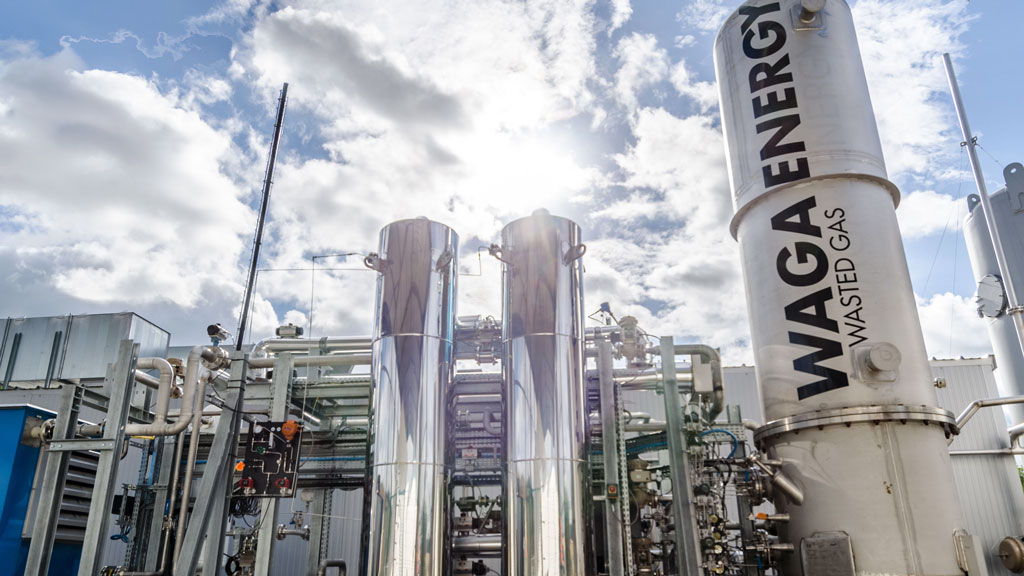
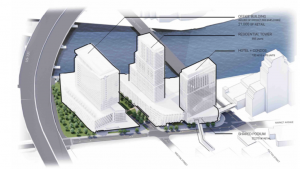
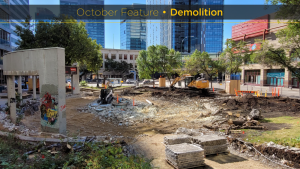





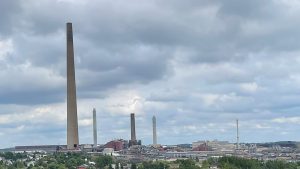
Recent Comments
comments for this post are closed